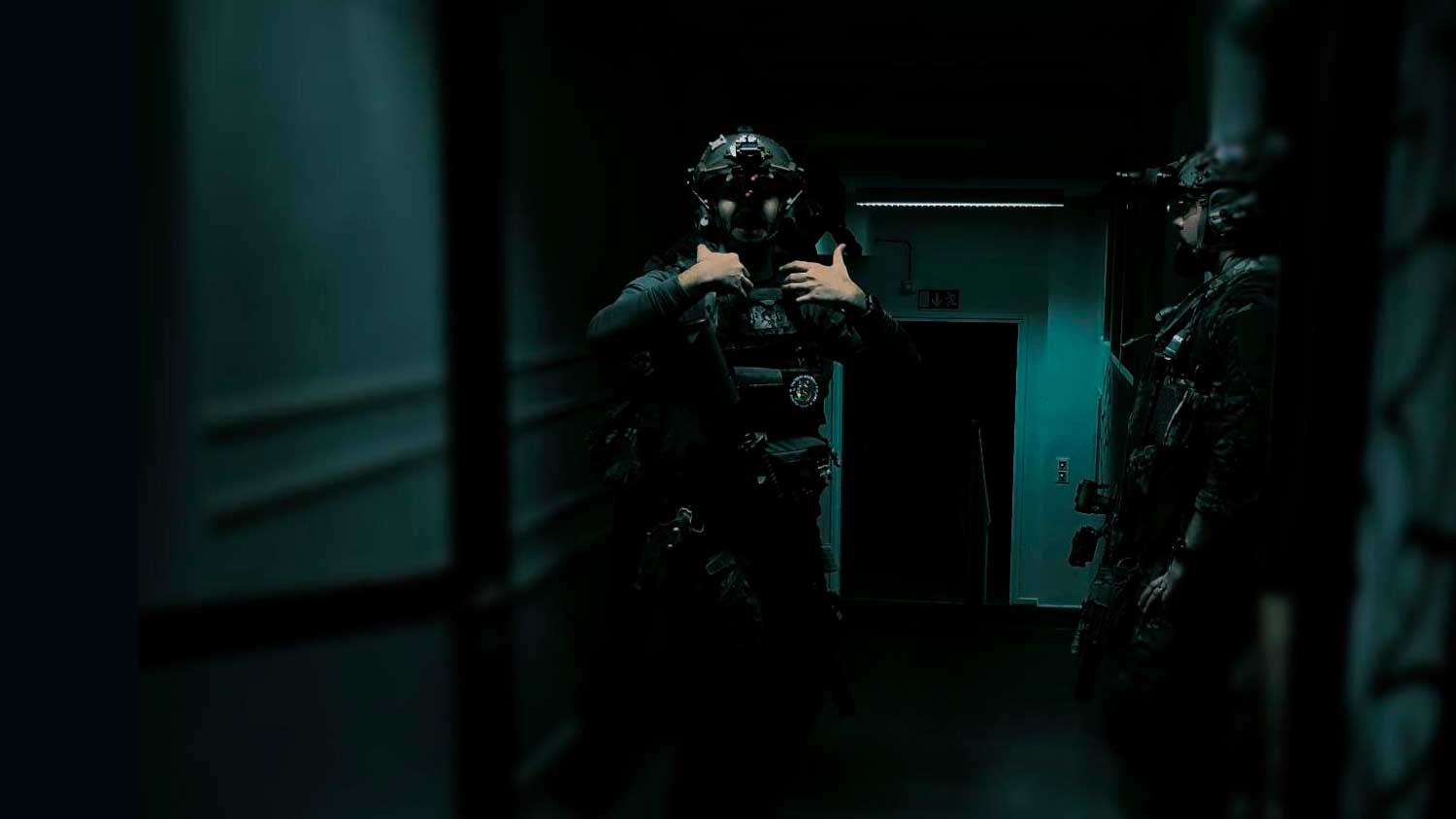
On the Night Vision Close Quarter Battle Course (NVG ITCQB)
On the Night Vision Close Quarter Battle Course (NVG ITCQB)
I had the opportunity to participate in Project Gecko’s NVG ITCQB course hosted by Tactical Academy Finland (TAF). NVG ITCQB is a follow-up course to the ITCQB 01 and ITCQB 02 courses, which focuses on working with night vision goggles. Some of the students had taken the ITCQB 01 module and a few had also completed the ITCQB 02 course.
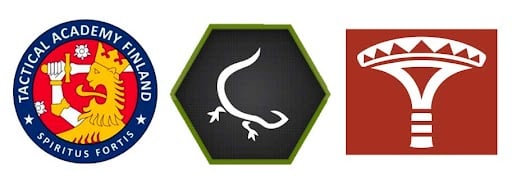
ITCQB stands for Immediate Threat Close Quarter Battle. The ITCQB methods are a mixture of tactics and methods developed and used in Israel and the United States. Often, tactics and techniques taught by Project Gecko are known as Limited Penetration. The ITCQB 01 course focuses on single-operator and two-person tactics and techniques, whereas the ITCQB 02 course focuses on the team level (4 operators).
EXPECTATIONS
A few years ago, when I was still an active-duty officer in the Finnish Defense Forces, a colleague from another unit asked whether I was familiar with Project Gecko? When I answered yes, he then asked about my opinion on limited and direct entry techniques. I replied that I have no opinion; I trust that the operators who clear the rooms know how to handle it.
Before the course, I tried to remember the last time I had practiced fighting in a built-up area. It was more than 10 years ago. As a junior officer, I practiced and taught fighting in built up areas, but the last years of my service I spent too firmly behind a computer screen. Here I was, a captain (RET) larping as an operator with Mr. Project Gecko himself, Eli Feildboy.
Limited entry techniques are largely based on human perception and natural behavior patterns. I had been following Eli's Instagram account (@project_gecko) for years. so I expected to receive good and especially well-founded teaching and training. Eli and the techniques he teaches are known for being well founded. I wasn't disappointed.
PREPARATION
I received a comprehensive package from Tactical Academy Finland on how to prepare for the course. TAF also helped in case you didn't have something. Fortunately, I was able to get my hands on a night vision device and a laser pointer well before the course, so I could familiarize myself with them. Before the start of the course, I spent a few hours adjusting the helmet, studying the night vision device inside-out, rehearsing weapon manipulation and light and laser pointer use, and generally learning to access everything I needed in my gear with my eyes closed.
During the course, we used airsoft weapons for dry training and Force-on-Force scenarios. I had to borrow the gun and the red dot sight from TAF, which I got 30 minutes before the start of the course. This was fortunately enough because I was already familiar with the sling, weapon light, and laser pointer, and they could be installed in familiar places.
"I know this, but can I do it?"
Learning your switches and buttons before the course is highly recommended, actually mandatory. The course was extremely intensive, and there was a lot of information to digest. It's not enough to know how your devices work, you have to drill them in your muscle memory.
DAY 1, FRIDAY
The course started in late afternoon with lessons about course objectives, challenges related to low-light and no-light environments, considerations regarding equipment and weapon handling, and aspects affecting human behavior in different lighting conditions.
First we watched a few videos of real-life operations and force-on-force exercises. With the help of the videos, Eli got an overview of the students' knowledge level, and the videos also worked well as stimulus for the following topics. The key points from the videos were:
- Your attention is drawn to movement, in other words, to the light moving in the dark
- Unintentional illumination of your own troops with IR light or visible light should be avoided
- Lighting quality is extremely important in target identification
"You should have all this dialed in already"
Not much time was spent on adjusting weapons and equipment. Eli raised three things that should be taken into account in the layout of the weapon, optic, sling, light, and laser pointer:
- It must be possible to use the weapon from both sides.
- Shooting stance and grip shouldn’t change when using the light or laser.
- Using the weapon must feel natural.
Students are expected to have these things already dialed in. I would add to this list that unintended illumination must not occur, for example, when transitioning to a secondary weapon or when handling a detainee.
"Humans see with their brain, not their eyes"
Overall, there was quite a lot of theory, but by no means too much. Theory was well connected to practice, which one student described as "Theory in tactical context". Almost always after an exercise, Eli referred to the theory part in his feedback. From this, the students immediately knew what the feedback was about and why they acted in a certain way.
After the theory, we moved on to exercises. First, the helmet and night vision device were adjusted, i.e. the so-called NVG Pre Flight Check was performed. This may sound obvious to many, but it was quite necessary. Even though I had tested and practiced with the night vision device, I noticed that a few screws were loose in the helmet mount itself of all places. Not good!
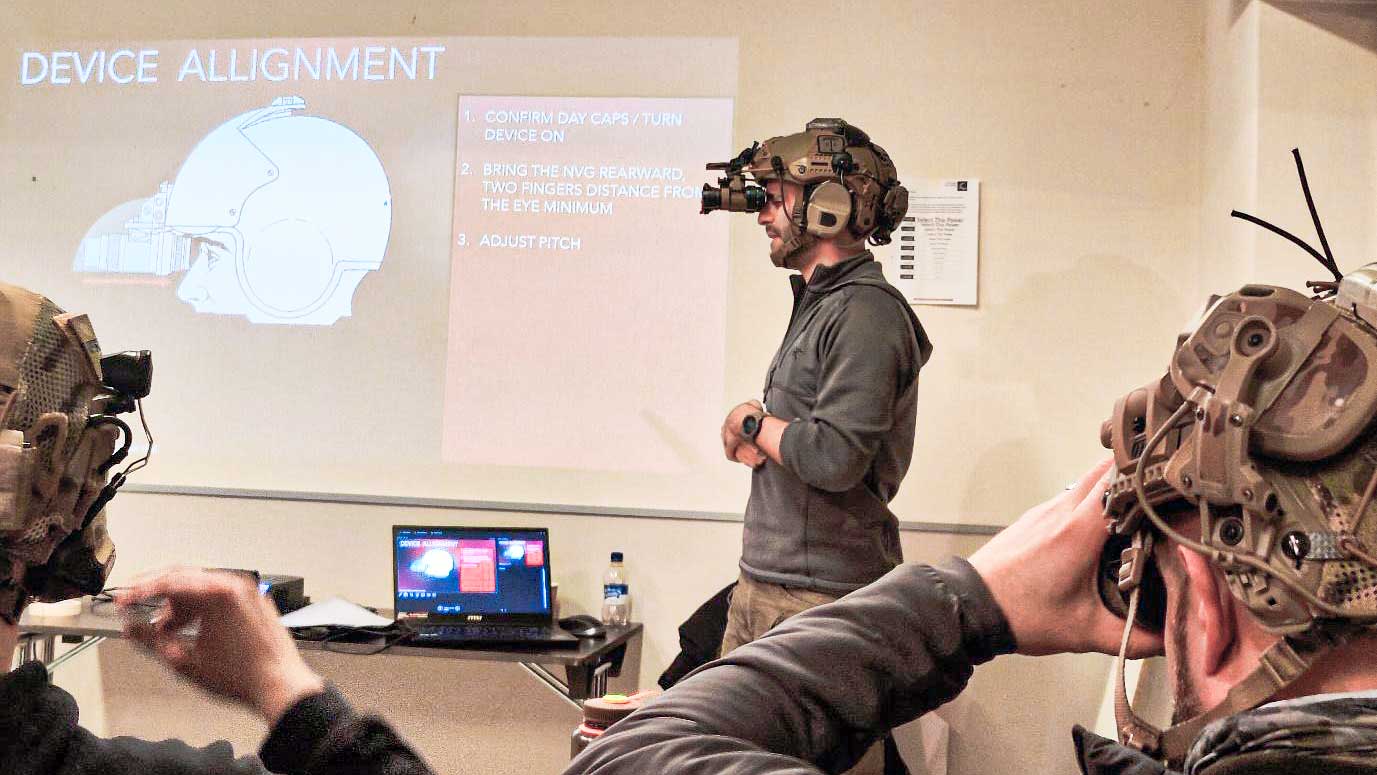
NVG Pre-flight check in the classroom.
"Your eyes aren't where they used to be, they are 15 centimeters forward."
We didn’t have any tactical exercises during the first day. This might sound boring, but it wasn't. The purpose of the first evening and night exercises was to adapt to working with a night vision device. The exercises focused on the challenges of the dark: observation, gross and fine motor skills, weapon handling and control, silent communication, and distance estimation. In the scenario-based exercises on Saturday and Sunday, I noticed the importance of the orientation exercises: the door handles were easy to find, the furniture was easy to move and there wasn’t too much stumbling going on. (I might have once humped an OPFOR person from behind after he fell on his stomach in front of me and I on his back. Maybe. I might have.)
The day ended at 01:00 am.
DAY 2, SATURDAY
On Saturday, we dove deeper into the theory of night vision operations. Eli taught, among other things, what people see and, above all, what they think they see through a night vision device, how light blooms and halos affect the field of vision, and how ambient light affects visibility and shadows.

An example of a photonic barrier. On the left, the operator doesn't use a weapon light, so the light from the room on the front left causes a photonic barrier. On the right, the operator uses an IR light, which removes the photonic barrier and makes the doorway at the end of the corridor stand out.
The exercises began with friendly fire prevention exercises, where the students had to observe their buddies and the target, position themselves correctly in relation to others, and handle their weapons safely and effectively. No matter how experienced the students were, this exercise was necessary, because mistakes did happen. Above all, these types of drills are used to build trust between the operators before moving on to more complex exercises.
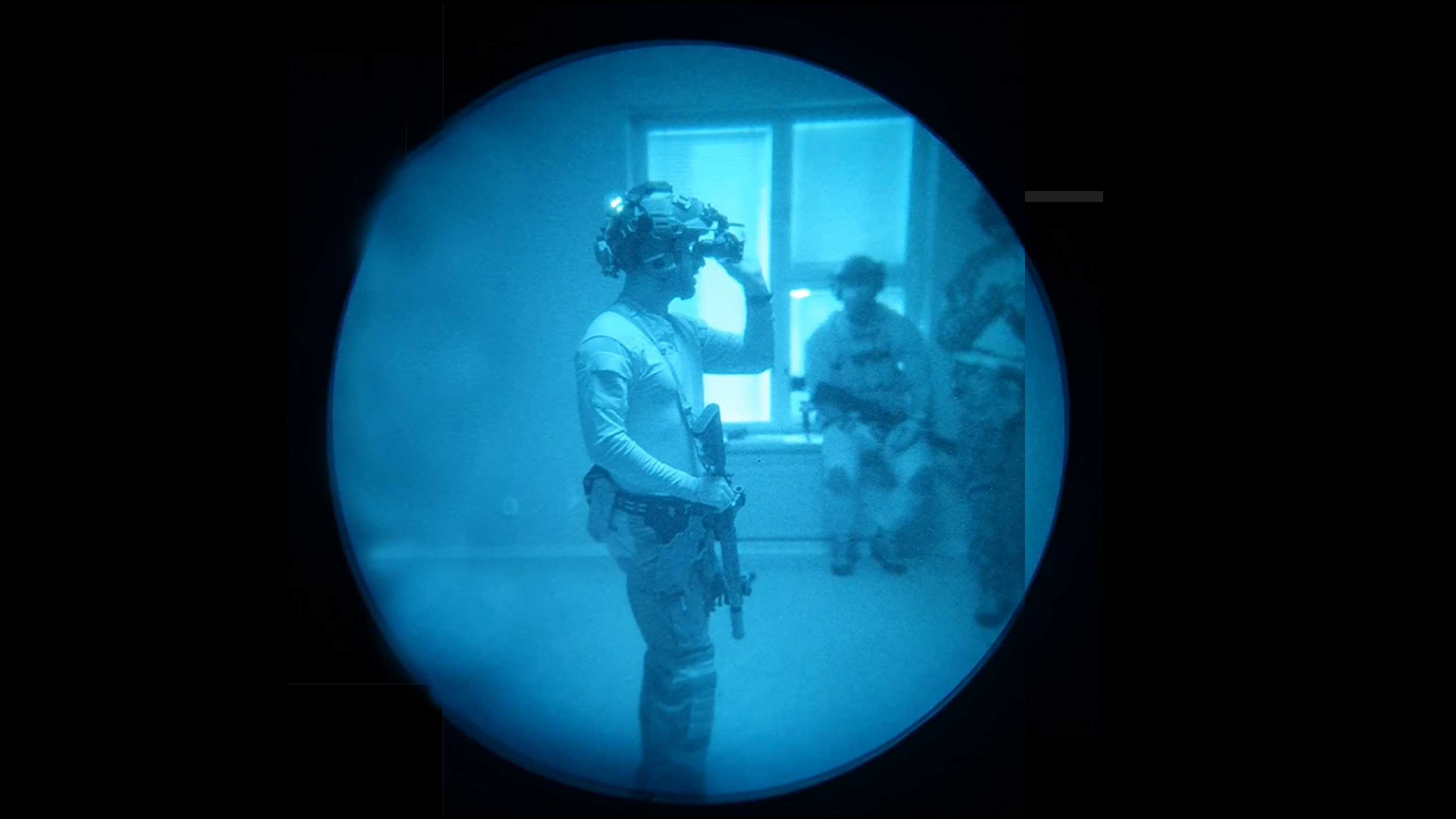
Eli teaching the basics.
During the Saturday evening and night, theory was put into practice. Main focus was on two- and four-person tactics and techniques in different lighting conditions, with and without night vision devices. It is worth mentioning that in several runs the lighting varied along the "route", just like in real life. We rarely work in complete darkness. This requires operators to constantly assess the lighting conditions: how well and what can the opponent see?
The day ended at 02:30 am.
DAY 3, SUNDAY
Sunday began with rehearsing the basic four-person techniques. A new technique was also taught: the hallway/corridor technique. Even though the main purpose of the course was not to train these techniques, they had to be taught, because the considerations related to low-light, no-light operations are best revealed and learned through fighting.
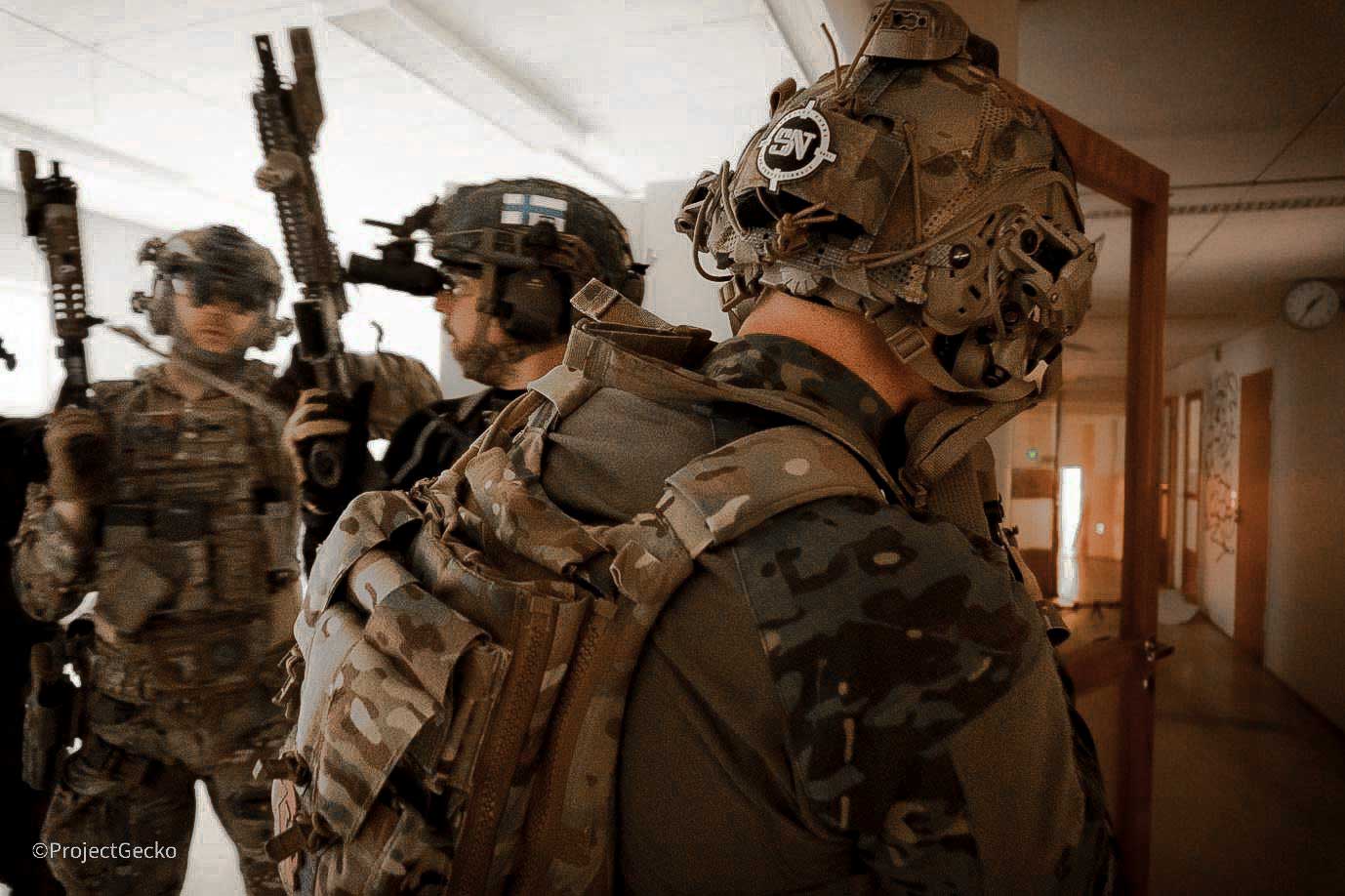
On Sunday, the focus was on Force-on-Force training, where you could really see the challenges of NVG-operations. Perception is limited because the field of view is only a fraction of normal. In other words, you have to turn your head like an owl. If you want to see behind you, you must rotate your hips as well.
I was surprised about how much we used the weapon lasers (always in the IR-mode). A good weapon laser has an aim-function to assist aiming and an illum-mode for illumination, and they can also be used simultaneously. According to Eli, the laser pointer is used a lot, not only for aiming or identifying the target, but also for communication. If the team uses them logically and correctly, the laser pointer is an excellent communication tool. For example, the point man can "mark" the sectors with his laser that they want the wingman to cover. The wingman acknowledges with an agreed laser signal, after which the point man can show their own, most threatening sector with his laser. This way, the need to turn the head, talk or momentarily lose a sector is reduced.
AFTERMATH
For Eli, the training event was certainly challenging, because not all students had taken the ITCQB 01 course. So, he had to teach the basics of ITCQB as well as more demanding techniques, without forgetting the main course objective: dark and low-light operations. It was known in advance that the final course content will be customized based on the students' level, ability to learn, and motivation. Eli's experience as an operator and instructor paid off, and you could feel that the transition to new topics was faster than normal.
Personally, I liked Eli's way of teaching, discussing, listening and feedback. He can be challenged and questioned. ITCQB techniques are largely based on natural human reactions, biology, statistics, and research. There is a natural reason for all the things taught, not just "this is how things have always been done".
GEAR
"Candelas matter"
Overall, the gear I used worked very well. Equipment selection can sometimes lead to heated discussion. One course participant put it quite aptly that fancy and expensive gear doesn't automatically make you a better fighter, but at a certain point (bad) gear starts to limit your improvement. In low-light operations, especially the quality of the laser pointers and weapon lights is emphasized. A weapon light should not have too few lumens or candelas. Lumen is a unit used to measure the amount of light. It describes how much light there is, regardless of which direction the light is radiating from its source. Candela describes the light's intensity. In other words, it is the amount of light in a certain direction. For an operator, this means that the more candelas you have on your light, the brighter the illuminated object will appear.
Load out used (head to toe):- Revision Sawfly Max ballistic glasses / ESS Crossbow One ballistic glasses
- Galvion Caiman Hybrid helmet system
- Särmä TST Helmet Cover
- 3M Peltor ComTac XPI Headset Helmet Mount ear protection
- Opsmen F101 Stealth Survival Light
- Princeton Tec Charge MPLS helmet light
- Inforce WML White/IR Gen 1 light
- Team Wendy EXFIL counterweight kit
- Act In Black DTNVG -14 night vision device
- Petzl Tactikka +RGB head light (around the neck)
- Särmä TST combat shirt / Särmä Merino Wool Long Sleeve Shirt
- Camelbak Tactical Vent Gloves
- Särmä TST LVPC (Low-vis Plate Carrier)
Front
- Särmä TST Elastic Mag Pouch Cummerbund
- Särmä TST 3X Rifle Mag Placard
- Benchmade SOCP Dagger
- Luminae TuffCuts Holder for trauma shears, trauma shears, marker
- Särmä TST ”PC WING” prototype
- Särmä TST RK Magazine / Multipurpose Pouch
- Push to Talk
- Särmä TST L5 Hand Warmer Muff (prototype) + Särmä TST LV141 pouch adapter
Back
- Särmä TST Rifle Magazine pouch x 3 (as grenade pouches)
- Särmä TST General Purpose Pouch M, installed sideways by DIY methods
- Särmä TST Under Belt
- Särmä TST Suspenders prototype
- Särmä TST Shooters Belt
- Varusteleka PCC magazine pouch (backup flashlight), installed using protoype 90-degree adapter
- Särmä TST Pistol Magazine Pouch x 2
- Varusteleka Rifle Magazine Pouch
- Särmä TST Dump Pouch (installed under the rifle mag pouch)
- Särmä TST RIP-OFF IFAK Pouch (with horizontal mount)
- Baribal Multi-Tool Pouch and Leatherman Wave
- Terävä Jääkäripuukko 110 knife
- Terävä Boltaron Sheath, Blade-tech Quick E-Loop Belt Clip
- Safariland mid-ride pistol holster (airsoft Glock 17)
- Särmä TST Combat Pants
- Särmä Merino Socks
- Altama Maritime Mid shoes
- Primary weapon
- Systema PTW 14,5", Magpul crane SOPMOD stock, ACM front grip, Holosun HS403B, Unity Tactical fast mount
- Frankenbuild HK416, 14,5", HK 416/MR 556 E1 stock, Knights Armament foregrip, Magpul RSA sling mount, Holosun HS403B, Unity Tactical fast mount
- Inforce WMLx White / IR - Gen 1 -weapon light
- Steiner Optics DBAL-A3 -laser pointer
- Särmä TST 2P-RK Quick-Adjust Rifle Sling, w. sling hook
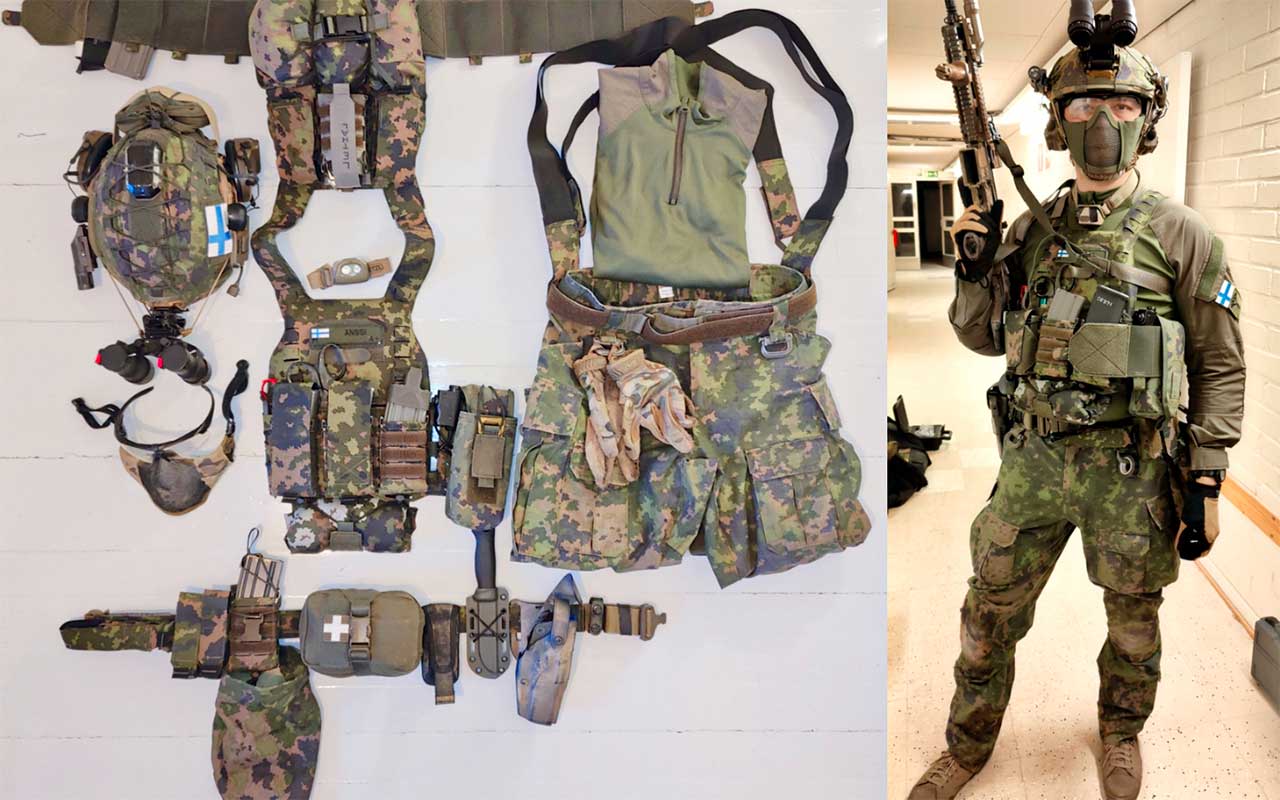
The gear I used during the course.
My equipment included a self-identifying helmet strobe with both IR and visible light modes. However, I never used this during the course. Self-identification strobes are rarely suitable for indoor combat. Often, they are too bright and can blind the user and other members of the team. Identification strobes have their times, places, and circumstances for use.
Eli used a non-blinking helmet light attached to the back of his head, which was aimed at the ceiling. He demonstrated the use of this light in connection with Sensitive Sight Exploitation (SSE) and when frisking a detainee. This so-called umbrella technique can also be used with weapon lights. It is not always necessary to light the object directly. Instead, the light reflected from the ceiling and walls produces a good general light in the room.
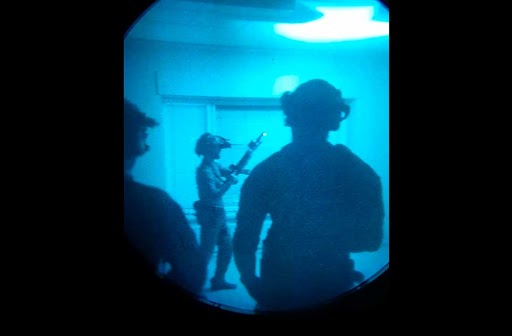
Training the umbrella technique
Although IR lights are mainly used in NVG operations, the fighter must have the ability to illuminate things quickly with visible light as well. This skill was put to test in a scenario-based exercise, where a "bystander" was walking towards me in a corridor. Fortunately, the light I used had an IR and visible light switch that is very easy to use, which allowed me to enhance my verbal commands with visible light.

Inforce WMLx White / IR Gen 1 weapon light switch. Forward: visible light, backward: IR light
EQUIPMENT PROTOTYPES
I had a few prototypes of upcoming Varusteleka products in test use. Särmä TST suspenders worked very well. I wore them on Friday and Sunday. Although the weight of the equipment belt was not very heavy due to the airsoft theme, I noticed the benefit of the suspenders. I didn't use them on Saturday and at the end of the day I noticed I had quite big depressions around my hips. This didn’t occur on Friday nor Sunday due to the suspenders. Thanks to the elasticity, the suspenders do not need to be very tight to distribute the weight away from the hips. A highly recommended product.
Because of the excellent training facilities, I did not use the Särmä TST L5 Hand Warmer Muff for its proper purpose; warming my hands. Instead, the purpose of the test was to find out how well the muff stays in a tight and neat package with the LV141 pocket adapter. And it stayed. There were a few solution options for this during product development, but the already existing product turned out to be the best for the “packaging” purposes.
I used the Särmä TST PC wing prototype on the front panel of the plate carrier, installed on the left side. The PC wing (working title) is, as the name suggests, a type of wing that can be used to extend the front panel. In the wing, I had an RK magazine/multipurpose pouch, where in my previous life I would have carried a radio. Now, there was a water bottle simulating the weight of the radio. The PC wing can be installed on the left, right or used as a hanger.
WHO SHOULD ATTEND THIS COURSE?
The NVG CQB course is not suitable for everyone. As mentioned before, the students are recommended to first participate in the ITCQB 01 and/or 02 courses. The basic skills must also be mastered. By basic skills, I mean safe and effective weapon handling skills, incl. the use of weapon-mounted accessories, experience in urban combat, and experience using night vision equipment.
The better you have basic skills and your own equipment dialed in, the more you will get out of the NVG course. Under no circumstances should you participate in the NVG course if you have not used any helmet-mounted night vision devices before. As an example, for Finland, I would say that the minimum requirement to participate in the course is the conscript service or women's voluntary military service in a unit that uses helmet-mounted night vision devices and has received team-level urban warfare training.
The course mostly serves people who are signed to a unit that operates in urban terrain and have the necessary equipment:
- Head-mounted night vision device (preferably with two or four tubes)
- Weapon system(s) with a red dot sight, a laser pointer, and a weapon light with IR-function
I especially recommend the course for (incl. Finnish examples):
- Special forces (military, police, border guard)
- Quick reaction forces (local quick reaction police officers, Finnish Defense Forces' readiness detachments)
- Low-light/no-light instructors (cadre personnel of the Finnish Defence Forces readiness units)
I’m not here to teach you tactics, I’m here to give you the information you need to succeed. (Eli Feildboy)
Last, but not least. Regardless of the tactics and techniques used by your unit, the course provides a lot of specifics that you need to consider. A strong recommendation.
The author, Captain (OF-2), retired Anssi Aikio, is the Product Manager for Särmä TST and Terävä product groups at Varusteleka.